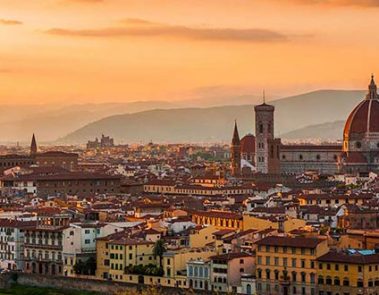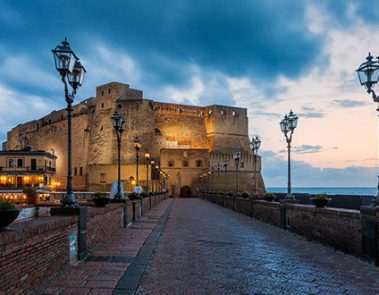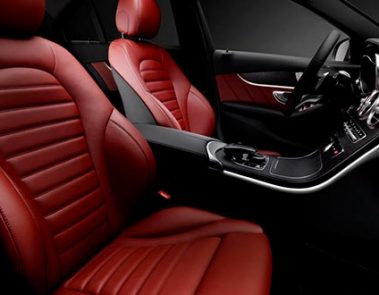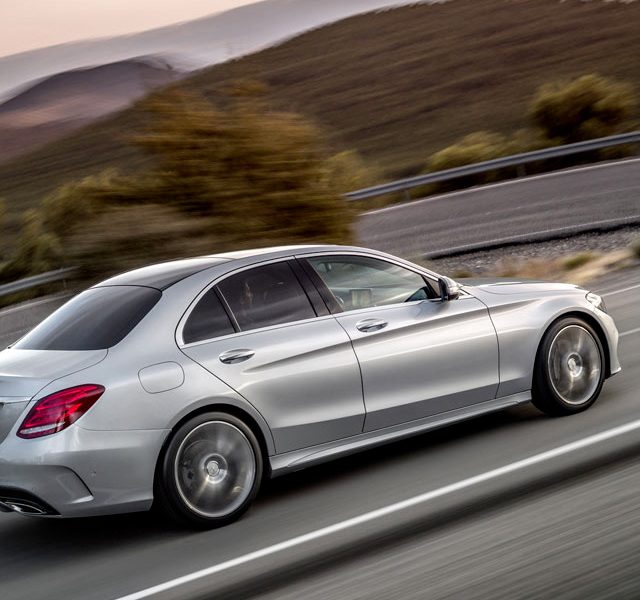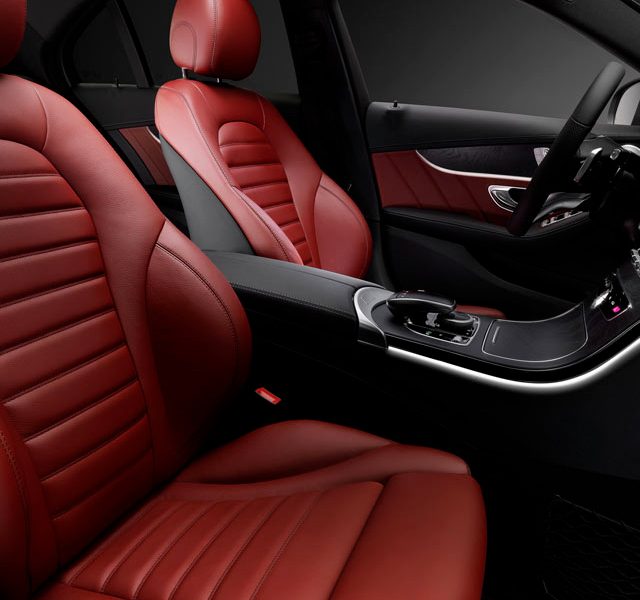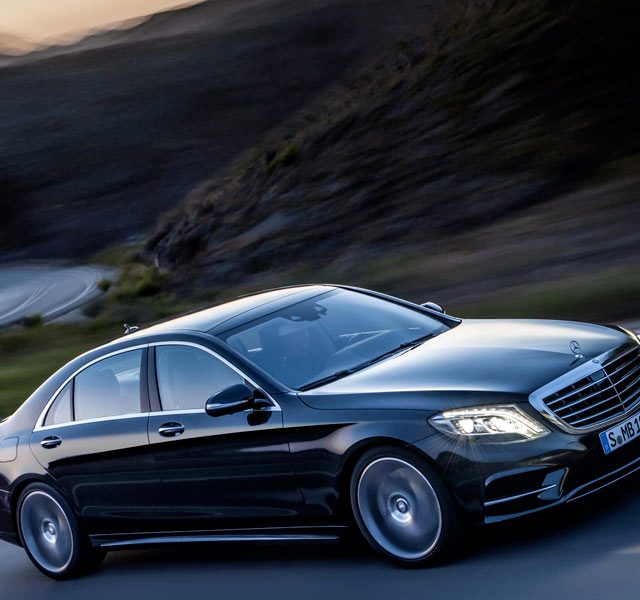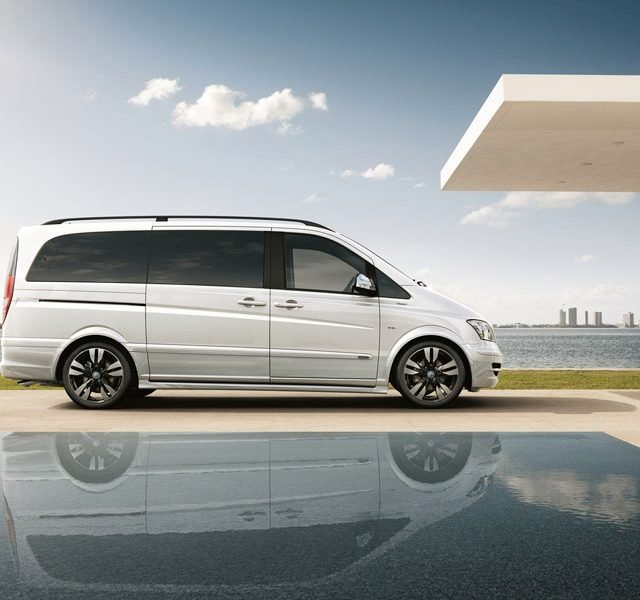Tour Rome & Vatican City
Sightseeing tour of the City of Rome and the Vatican City
Ncc Rome takes you for a walk in the eternal city leaving you speechless, stunned, amazed, enchanted. Concluded the tour, you will have seen so many wonders to not catch your breath: many of our customers shooting with a glass of fresh water, others say that without a glass of wine would not be able to move…We are not exaggerated, but we know the city better than anyone else. For this we take you to the discovery of characteristic places that nobody knows.
10:00
Pick Up
10:00 – 13:00
Tour of Rome
13:00 – 14:30
Lunch
14:30
Tour Vatican City
19:00
Back in Hotel
ROME - The Cradle of Western Civilization
Rome is an ancient city, rich in history and grandeur. It ‘also a thriving modern metropolis and home to 2.7 million people with more than 4 million tourists who visit each year. It ‘a city of tradition and innovation, a place where tourists and professionals can warm up in the shadow of the Colosseum and enjoy delicious food and drink at an outdoor cafe. The layers of ancient and modern culture are interwoven to create a unique experience that every tourist should appreciate at least once in their lifetime.
The area known as Old Town consists of 22 districts or “quarters”, the oldest appartentente the sixth century BC and the most recent created in 1920 and known under the name “Meadows”. The historical part of Rome is close to the Aurelian Wall. Within the municipal territory is the Vatican, the Diocese of the Catholic Church and the Pope’s residence, which became an independent state in 1929, following the Lateran Pacts. The Vatican covers an area of 0.385 km square and has a population that is approaching the thousand. In the Vatican you can admire the largest dome in the world, that of St. Peter’s Basilica.
Things to do in Rome
Roman Forum
During the Roman Empire, the Forum was the place to debate the political, commercial and religious, just as the second century BC, when Rome became the capital of the empire. The Forum was a meeting place and discussion imporant as much as the Colosseum or the Stadium. In court the emperor lived and faithful political and military closer. It was a strategic place for the life of Rome. Currently the Forums are divided according to their origin and allows access to different input ports, each of which has a price. The ruins are impressive and stand out the Roman Forum and the Colosseum.
Trajan’s Forum
Among the Roman one of the most important is the Trajan’s Forum, located near Piazza Venezia, originally defined as one of the wonders of the classical era. Currently you can see a small part of the old market town, given that the majority is deteriorated or dilapidated. Located in a semi-circle of what was the commercial area of the Forum of Trajan, we find the Trajan’s Column, one of the most beautiful classical works. The work is dated 113 AD and was built to glorify the victories of the Emperor. The monument is about 40 meters high and its supervice can recognize the scenes of successful campaigns. In the beginning, the monument was part of the Basilica Ulpia. The Forum of Trajan is remembered for being one of the last Roman Forum.
Palatine Forum
According to tradition and legend is the place where the two brothers Romulus and Remus founded the ancient Rome. In the area of the hole you can see the most impressive residences of the Roman Empire, you will find the Villa Domus Flavia and the Domus Augusta, two of the most targeted by tourists. The first was used only as a place for meetings Imperial, the second was the residence of Emperor particular.
Colosseum
The Colosseum is the largest amphitheater and large the entire city of Rome, its construction was begun by order of Vespasian in 72 AD and on land that was part of Nero’s Domus Aurea. It has an elegant and monumental structure, consisting of about eighty arches are home to 55 million viewers. His inauguration was done in the year 80 BC, Emperor Titus Caesar. In ancient Colosseum was covered with a huge tarp to ripare the public from excessive sun. The visitors are enchanted by the imposing Colosseum, its structure and its different layers that lie beneath the surface have fascinated people for centuries have had the privilege of knowing to study or just to follow it. Its function was to entertain the audience with performances of struggle, the most ruthless of the Roman era.
Domus Aurea
The Domus Aurea is located in the path of the Domus Aurea, you can reach using the Colosseo metro or bus lines 75, 81, 85 and 87. And ‘open to the public from Monday to Sunday from 9 to 18.’ must book in advance to visit it. He suffered a ritrutturazione and, therefore, has long been closed to the public, the Domus Area is now open and ready to be re-visited and even if the actual area is much smaller than the original size. And ‘possible to admire the monumental design of its facilities, a historic building that originally occupied the entire south side of the Forum Palatine. The size of its total area covered the size of 25 coliseums.
Church of Jesus
It is located in Piazza del Gesù and is easily accessible by bus lines 40, 46, 62, 64, 70, 81 and 492. Access to the public is guaranteed from Monday to Sunday from 6 to 19.15, but is closed in an interval between noon and 16. The church was built between the years 1568 and 1584 and is considered the first Jesuit church of the city of Rome. It ‘a representative monument of the time of the Counter-Reformation. The most notable are: the pulpit, the main altar and the extraordinary beauty of the dome. The decoration of the church is one of the reasons why it is worth a visit.
St. Carlo Church
Built in the year 1634, the Church is one of the most important monuments of ancient Rome and was called by the name of the Church of San Carlino affibiata and the convent of the Discalced Trinitarians. The beauty of its convex and concave forms and the genius of its architecture, together all’imponenete dome, are the major attractions of this church and of the genius who was his mentor, the master Borromini.
Pantheon
The Pantheon is located in Piazza della Rotonda and can be reached by buses 40, 46, 62, 64, 70, 81, 87, 116 and 492. And ‘open from 8:30 am to 19 from Monday to Saturday and Sunday from 9 to 13. The Pantheon is considered one of the most representative monument of the Roman Empire, it is also one of the best-preserved city. It was built in 118 AD, a time, his goal was to worship the gods of mythology. Its circular shape is preceded by a lodge in a square shape, the columns and pediment. The central part is composed of a sphere of radius of 43,3m. Access to the interior is limited to a single entry at the top of the Pantheon. Currently the Pantheon serves to preserve the bodies of the most important figures in the history and tradition of Roman and Italian.
Vatican Museums
The museum has one of the best collections of art from around the world. Built originally as a residence for the popes of the Renaissance, in the eighteenth century became for the first time during the exhibition on the works of art collected by various popes up to that point. Just close you come across in the Gregorian Egyptian Museum, which offers the public a very important testimony of the ancient Egyptian civilization, including the exhibition of mummies, sarcophagi and tombstones. The statues of the Roman period are also present in the show. The museum is a moment not to be missed on any itinerary that allows a visit to explore the city of Rome. The magnificence of the collections and the grandeur of the structure are two of the main reasons why it is impossible not to visit it.
Trevi Fountain
The Trevi Fountain is a triumphal arch, lying in the exterior facade of the Palazzo Poli. Allegorically represents Neptune, the god of the seas, depicted as he pulls his horses, accompanied by statues Sobriety and Abundance. It was built by Nicolò Salvi in 1973 and has quickly become a must-see for any tourist passing through Rome. Tradition has it that the visitor approaching the fountain should throw two coins, the first wanting to return to Rome, the second hoping that it will be what you most want.
Basilica of St. Peter in Chains
The church is located in St. Peter’s Square, the entrance for visitors is allowed daily from 7 am to 12.30 pm and from 15 up to 18. The main attraction of the basilica is Michelangelo’s Moses, a curious sculpture which was commissioned by the Pope Julius II. It ‘was this pope who commissioned the reconstruction of the Basilica and Michelangelo’s sculpture. The first of August there is the celebration of the Chains of St. Peter, which is the commemoration of the reason why the church was built.
Basilica of St. John Lateran
Access to the public from 7 am to 19 from April to September, from 7 to 18 months between October and March. The church had to be repaired and rebuilt several times due to various fires suffered, however, has managed to maintain its classic look. It was used as the residence of the Pope until 1309.
St. Peter in Montorio
Located on a hill in the southern part of the district of Trastevere, the structures of the monastery were built in the fifteenth century, inside you can see paintings and works of art, but what distinguishes it most is the Temple of Bramante. The monument represents the golden age of the Roman Empire, it is also one of the main monuments of the city and a must for every tourist.
Church of St. Agnes
The church is open to the public every day. The work, which is signed by Carlo Rainaldi, was built on the place chosen so that Agnes compiesse his martyrdom, so the church is named after him. With wonderful architecture and a structure made of concave and convex shapes, its beauty is a source of wonder for visitors. The church is the internal battle between Borromini and Bernini, which is why the characters shown in the facade will protect your head with your hands: the concept was that the front would not last long before being torn down, fortunately the other hand remained up to date.
Capitoline Museums
The Capitoline Museums are located in Piazza del Campidoglio, the entrance visitors are allowed from Tuesday to Sunday from 10 to 21. The Capitol is composed of a number of museums created in 1471 by Pope Sixtus IV, with its donations largely represented by his personal collection of statues. The Capitol also has a renowned art gallery. The museum is one of the most important and extensive collections of artistic history of the Roman culture. The collection is divided into two main sections, each of which is housed in a building, the New Palace and the Palace of the Conservators. Currently have worked to create some extensions, is the case of the Palazzo Caffarelli and Palazzo Clementino, now considered as an integral part of the museum. Among the most interesting things to see there is a statue of Marcus Aurelius and the She-Wolf of the Capitol are in the gallery that houses, among other works by Guido Reni, Pietro Cortona. Again, interesting to visit are the portraits of Van Dyck.
Roman College
The monument was built at the request of Pope Gregory XIII to be used as a residence for the Jesuits at the time of the Counter-Reformation. On the main facade you can see a tower dating back to 1787 with a clock which once supplied the time in all the clocks in the city.
What to eat in Rome
In Rome, the variety of food is amazing, there are many possibilities to enjoy a good meal, but you should always know the best places in terms of quality but in price and offering traditional dishes. The Termini area is ideal if you want to save money, since there are a lot of restaurants with good service and a decent environment. They are also recommended pizzerias and self service. Trastevere is also a good solution if you look at not to spend too much, there you can find many restaurants and self-service. The best food in Rome is located close to the Vatican and restaurants near the monuments and tourist sites. Among the most popular Roman specialties are meat, particularly Tuscan sausage or Roman, which can be served in spicy version or not. Ice cream is another must see, but not always cheap and the prices are on average costs 6 Euros.
The ice cream is more traditional in the Gelateria San Crispo, located in the bakery, at number 42, near the Trevi Fountain. As for the desserts are the best option tiramisu and black truffles. Most restaurants will present on its menu, but you should always take a look at the prices, often too expensive for a cake. There is a strong tradition of wine in Rome, this means that in the restaurants is sembre a very wide variety of wine: the ideal is to order the house wine, white, which is served in a goblet. The flavor is sweet and pleasant. If you want to drink only mineral water, keep in mind that the price of a bottle is about 3 Euros. The restaurants in Rome are open on average up to three emtre, dinner is served from 20 to 23. The board is a ritual for the Romans, so much so that it is important that the tourist lively lunch time not only as a time to eat, but as a real travel experience.
Fun in Rome
Rome is traditionally known for its monuments, the rich history of legends and cultures for its beauty and its symbolic artistic greatness, but in the Italian capital is also possible to have fun at night in the best venues that attract people from all over the world. The places to enjoy a little ‘relaxation are many: you can find a varied number of cinemas, pubs, bars and nightclubs. The squares are also meeting places to start your night life. We meet for a coffee while you decide what to do in the evening.
For visitors who prefer the quiet and good music, there are places like Alexanderplatz, a jazz bar, located near St. Peter’s Square or the Club La Palma on the island Tiburtina and Di Gregorio, who is in Spanish Steps. For those who love the blues over the place is the Big Mama in Trastevere. Other places where you can enjoy good music are the Latino Café, Fonclea, former warehouses and Sonic.
